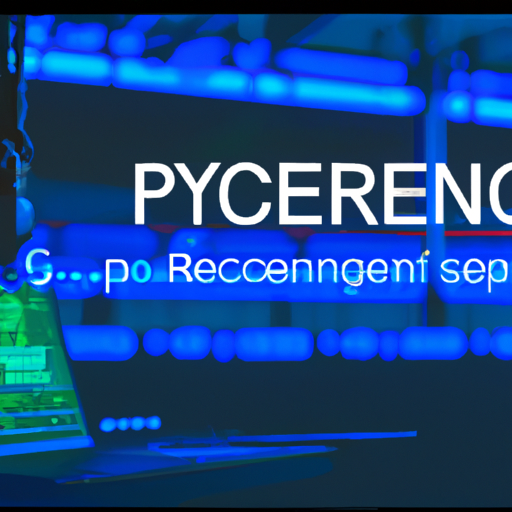In today’s digital age, cyber security has become a top priority for businesses and individuals alike. With the increasing number of cyber threats and attacks, it is crucial to stay ahead of the game and protect your digital assets. One way to do this is through prompt engineering, which involves creating and using prompts to help identify and mitigate potential cyber security risks. In this article, we will explore some of the top cyber security prompts and how to use them effectively.
1. Regularly Update and Patch Software
One of the most basic yet essential cyber security prompts is to regularly update and patch your software. Outdated software can leave your system vulnerable to attacks, as hackers often exploit known security flaws in older versions of software. To stay protected, make sure to:
- Enable automatic updates for your operating system and applications
- Regularly check for and install security patches
- Replace unsupported software with newer, more secure alternatives
2. Implement Strong Password Policies
Passwords are often the first line of defence against cyber attacks, so it’s crucial to have strong password policies in place. Some key prompts to consider when creating password policies include:
- Requiring a minimum password length of at least 12 characters
- Using a mix of upper and lower case letters, numbers, and special characters
- Encouraging the use of passphrases instead of single words
- Implementing two-factor authentication (2FA) for added security
- Regularly updating passwords and avoiding the use of the same password across multiple accounts

3. Educate Employees on Cyber Security Best Practices
Human error is often the weakest link in cyber security, so it’s essential to educate employees on best practices and how to identify potential threats. Some key prompts for employee training include:
- Teaching employees how to spot phishing emails and other social engineering attacks
- Providing guidelines on safe internet browsing and downloading practices
- Emphasising the importance of reporting any suspicious activity or potential security breaches
- Conducting regular training sessions and updates to keep employees informed of the latest threats and best practices
4. Monitor and Manage Network Access
Controlling who has access to your network and what they can do is crucial for maintaining a secure environment. Some prompts to help manage network access include:
- Implementing role-based access control (RBAC) to limit user access to only what is necessary for their job
- Regularly reviewing and updating user access permissions
- Monitoring network activity for any unusual or suspicious behaviour
- Using network segmentation to separate sensitive data from the rest of the network
5. Develop and Implement an Incident Response Plan
Having a well-defined incident response plan in place can help minimise the damage caused by a cyber attack and ensure a swift recovery. Key prompts for developing an incident response plan include:
- Identifying the key stakeholders and their roles in the response process
- Establishing clear communication channels and protocols for reporting incidents
- Creating a step-by-step plan for containing, investigating, and recovering from an attack
- Regularly reviewing and updating the plan to ensure it remains effective
Conclusion
In conclusion, prompt engineering can play a vital role in enhancing your cyber security posture. By implementing these top cyber security prompts, you can proactively protect your digital assets and stay one step ahead of potential threats. Remember, cyber security is an ongoing process that requires constant vigilance and adaptation to stay ahead of the ever-evolving threat landscape.




